Description
Buy Wheat Flour and Baking Flour
-
BREAD FLOUR OR HI-GLUTEN FLOUR MILLED
From hard wheat and has an especially high protein content, making it higher in gluten. Its high gluten content (typically 12-14% protein) gives dough greater strength and elasticity, a characteristic sought after by artisan bakers.Uses Bread, bagels, kaiser rolls, hearth bread, hoagies, pizza crusts, and Italian, French or Jewish bread, and frozen doughs.
-
ALL-PURPOSE FLOUR
A blend of hard and soft wheat; it may be bleached or unbleached. It is usually translated as “plain flour.” All-Purpose Flour has 8% to 11% protein (gluten). Bulk All-purpose flour is one of the most commonly used and readily accessible flour in the United States for retail customers.
-
YOSHON FLOUR
A Kosher Certified flour derived specifically from Wheat, Oats, Spelt, Rye, and Barley, that was planted prior to, or after the “16th of Nissan”, which translates to the second day of Passover. Flour from these grains, planted prior to Passover is considered Yoshon, or old, under Jewish Dietary Laws. This flour is acceptable to use after harvest and milling. Flour from grains planted after Passover, or new, should not be consumed until after the following Passover in order to comply.
-
DURUM FLOUR/SEMOLINA FLOUR
Sometimes labeled “pasta flour.” Made by finely grinding the heart of the durum wheatberry. The result is a silky, golden flour that is especially desirable for pasta-making since it cooks firmly and absorbs less water than softer flours.Durum wheat has the highest protein content of all wheat flours, but the gluten that it forms isn’t as elastic or stretchy as other hard wheat flours. For this reason, it is generally used in combination with all-purpose flour or bread flour. Coarsely ground Semolina particles are often used for dusting the baking sheet or stone when making bread.Uses: Pasta, gnocchi, traditional Italian breads like Sicilian mafalda and scaletta.
-
WHOLE WHEAT FLOURS
Made from milling the Whole kernel: endosperm, bran, and germ. The bran and germ make this flour extremely nutritious and rich in fiber, and give items made with whole-wheat flour their characteristic nutty, toasty flavor. Made from soft or hard wheat, whole-wheat flour is blended into bread, all-purpose, and pastry flours. Baked goods made with whole-wheat flour will be chewier and heavier than those made with white flours.
-
PASTRY FLOUR
Similar to cake flour, but has a slightly higher gluten content (9 percent), which gives it the means to strike that elusive balance of tender and flaky that we covet in items like pie crust.Uses: Donuts, pastries, pie crusts, muffins, cookies, biscuits, scones, cream puffs and éclairs.
-
CAKE FLOUR MADE
From finely milled soft wheat, which is high in starch and low in gluten-forming proteins (8 percent). It’s usually bleached to guarantee a snowy white appearance (think angel-food cake) and to destroy the extensibility (ability to stretch in a relaxed way without shrinking back to the original shape) and strength of the gluten formed. This ensures a tender texture in the light cakes and delicate pastries that call for cake flour.Uses Non-spread cookies, cake doughnuts, layer cake, pound cake, angel food cake, cupcakes, and decorator sheet cakes.
-
RYE FLOUR
Has a strong, earthy flavor and contains a small amount of gluten. Whole-grain rye in the form of groats or berries is ground into the light, medium, and dark rye flours and pumpernickel flour, the coarsest rye meal. Rye grows well in climates that are cold and wet.
-
CLEAR FLOUR
Clear Flour is made from what is leftover from straight flour after the patent grade sieves have been passed over. Despite its name, it is actually “darker” or “dirtier” in color. High in protein, between 14-15%.There are three grades of Clear Flour: Fancy, First Clear and Second Clear. These flours are darker in color than Patent Flours. They have a high ash content, the taste of which is desirable in rye bread.
- Fancy Clear Flour: used for pastry flour.
- First Clear: made from hard wheat, blended with lower-gluten flours. Often added to whole wheat or rye or other dark grain bread, where the darker color of the clear flour won’t be noticed.
- Second Clear Flour: very dark, generally used for animal feed (e.g. dog and cat kibble, dog biscuits, etc.).
Buy Wheat Flour and Baking Flour Buy Wheat Flour and Baking Flour Buy Wheat Flour and Baking Flour Buy Wheat Flour and Baking Flour Buy Wheat Flour and Baking Flour Buy Wheat Flour and Baking Flour

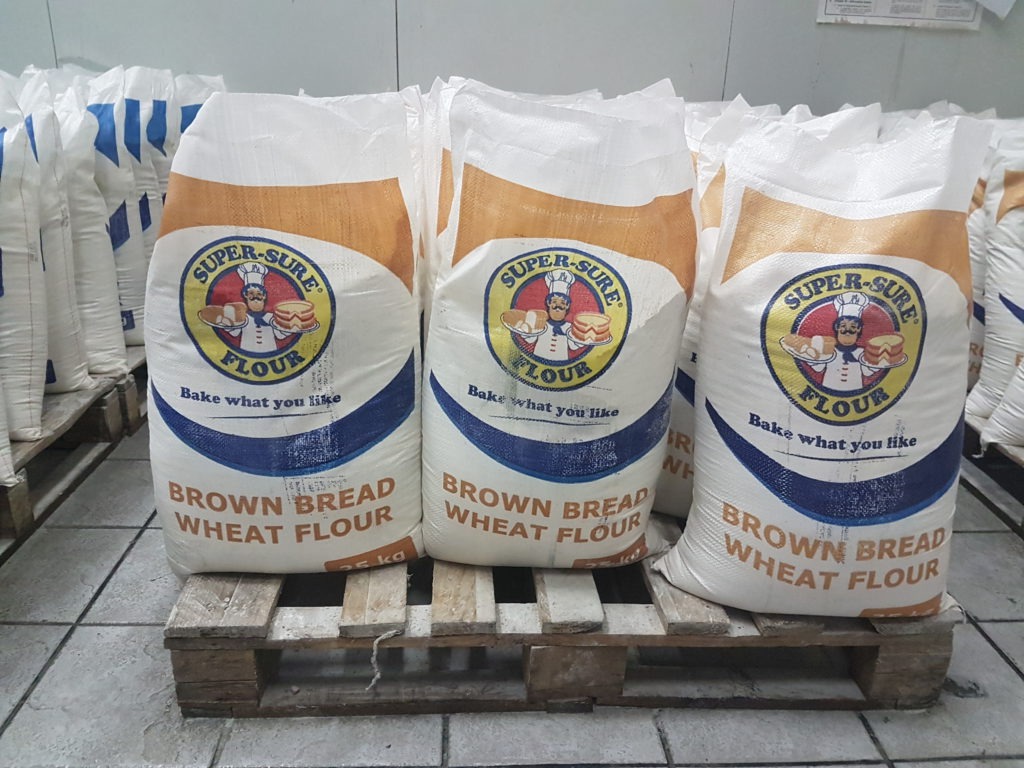
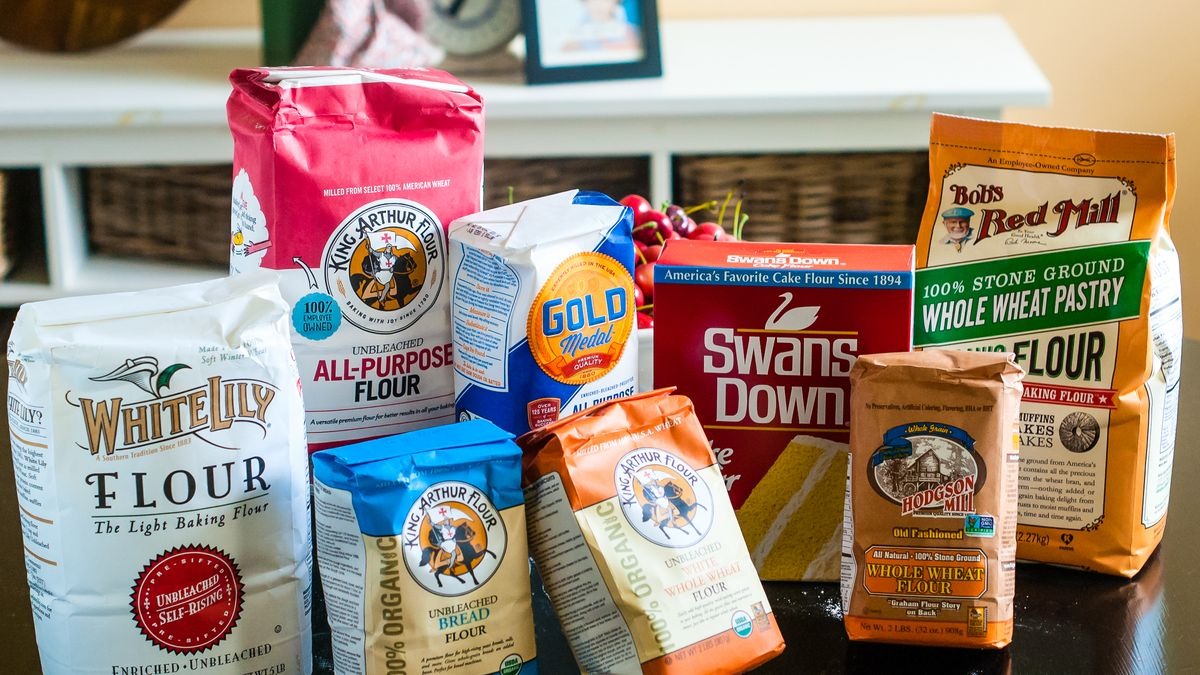
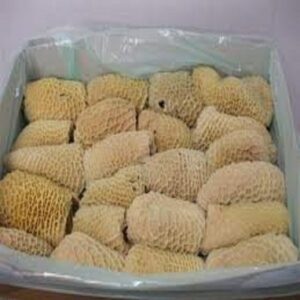

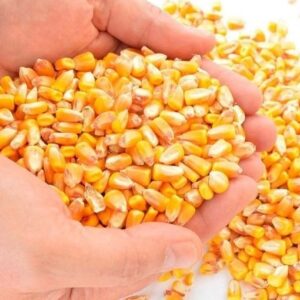





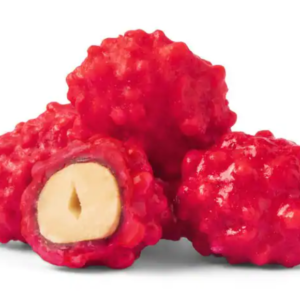


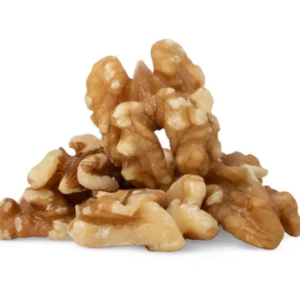
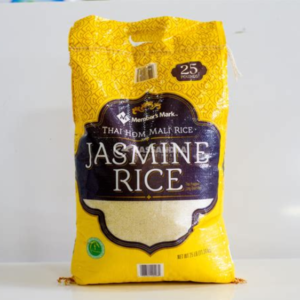



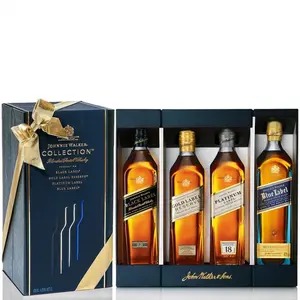
Reviews
There are no reviews yet.